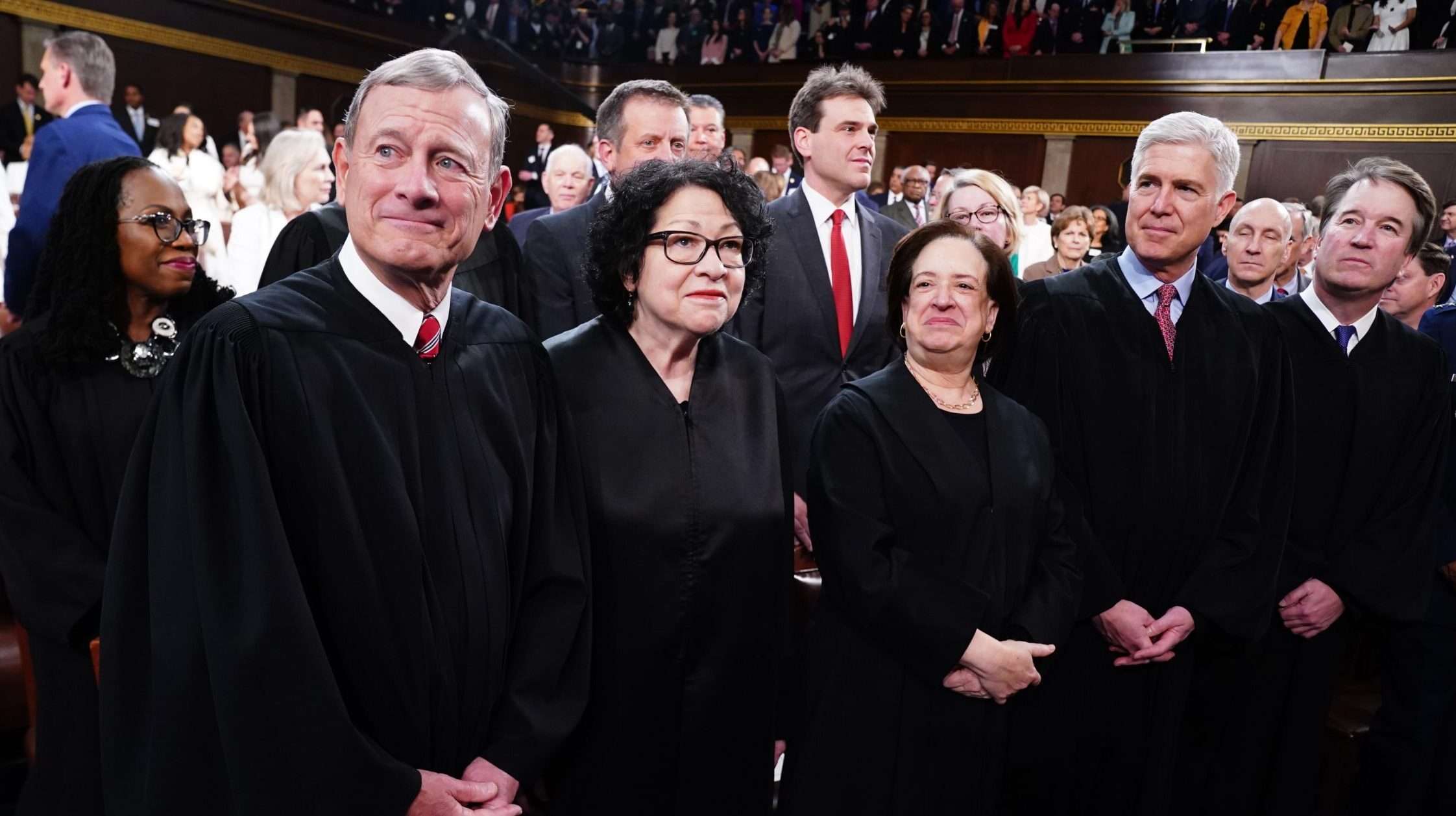President Joe Biden’s recent op-ed in The Washington Post argues that Congress should implement Supreme Court term limits and an ethics code to address the Court’s perceived extreme decisions and ethical concerns. Biden emphasizes the need to restore public trust in the judicial system following a recent Supreme Court ruling.
However, a closer look at the Court’s recent term reveals a different narrative. The Court issued nuanced and mostly unanimous opinions, with no substantial evidence of impropriety. Rather than focusing on political rhetoric, Biden could highlight the complexities of the Court’s decisions to build confidence in its functioning.
Analyzing the Court’s performance, nearly half of the cases (46%) in the recent term resulted in unanimous verdicts, indicating a trend of agreement among the justices. Key rulings covered contentious issues such as presidential eligibility, abortion drug access, government regulation of businesses, social media oversight, and Second Amendment interpretation, showcasing a level of consensus that challenges the notion of a rogue Court.
While ideological divisions exist within the Court, as seen in cases like Trump v. United States and Dobbs v. Jackson, dissent does not equate to radicalism. Biden’s critique of the Court’s stance on presidential immunity overlooks the nuanced balance between official and unofficial acts in the ruling, indicating a more measured approach than portrayed.
Similarly, Biden’s criticism of the Court’s overturning of established precedents, such as Roe v. Wade, lacks substantive merit. The evolution of legal interpretations through precedent revision is a fundamental aspect of judicial decision-making, as demonstrated by landmark cases like Brown v. Board of Education. Contextualizing such changes is essential to understanding the Court’s role in shaping legal principles.
Regarding ethical concerns, Biden’s allegations against Justice Clarence Thomas lack concrete evidence of wrongdoing. The Court’s cautious approach in selecting cases, avoidance of contentious issues, and diverse ideological alignments among justices indicate a commitment to fair and transparent decision-making processes.
In conclusion, the Supreme Court’s recent performance challenges the notion of a radicalized institution. By acknowledging the Court’s nuances and complexities, Biden can contribute to fostering public confidence in the judiciary and promoting a more informed discourse on legal matters.
Please rewrite this sentence.
Source link




